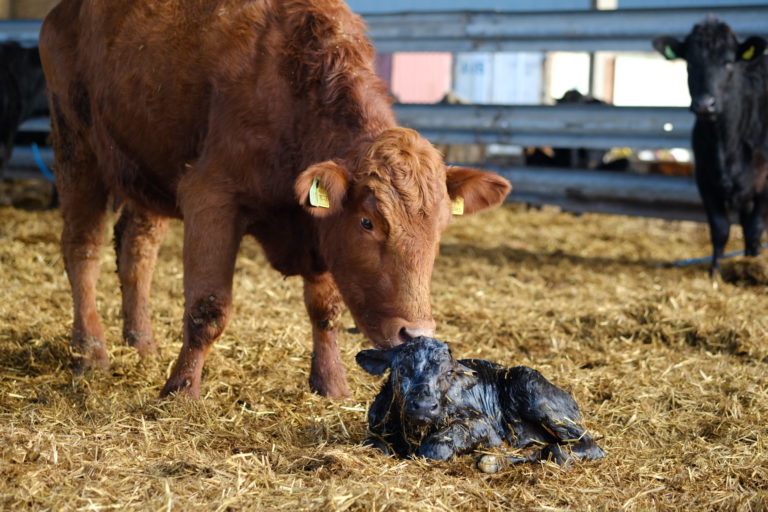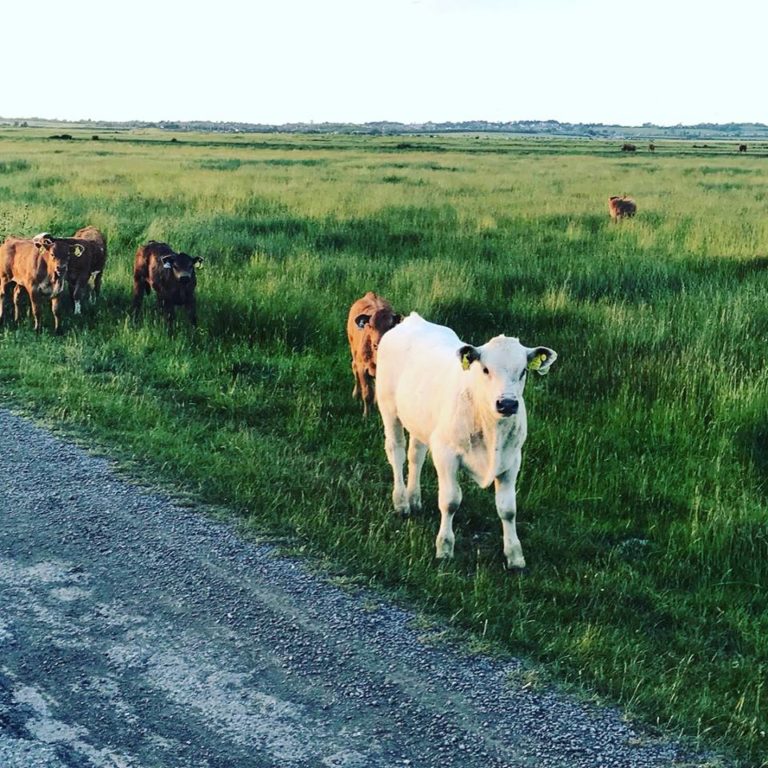High Welfare Farming
OUR Cattle herd
Spring is always a busy time at Old Rides. Our family-farm is just three miles up the road from The Ferry House, where our ‘suckler herd’ is all about raising calves. With March well underway we’re in the middle of our busy calving season. Now, our family-farmed beef is our pride at The Ferry House, but as important as the quality of our produce is the welfare of our herd. We practice high welfare, low intensity farming and are passionate about reducing the environmental impact of our operations – here’s how we do just that.



